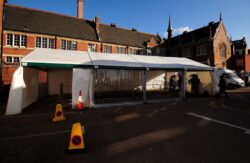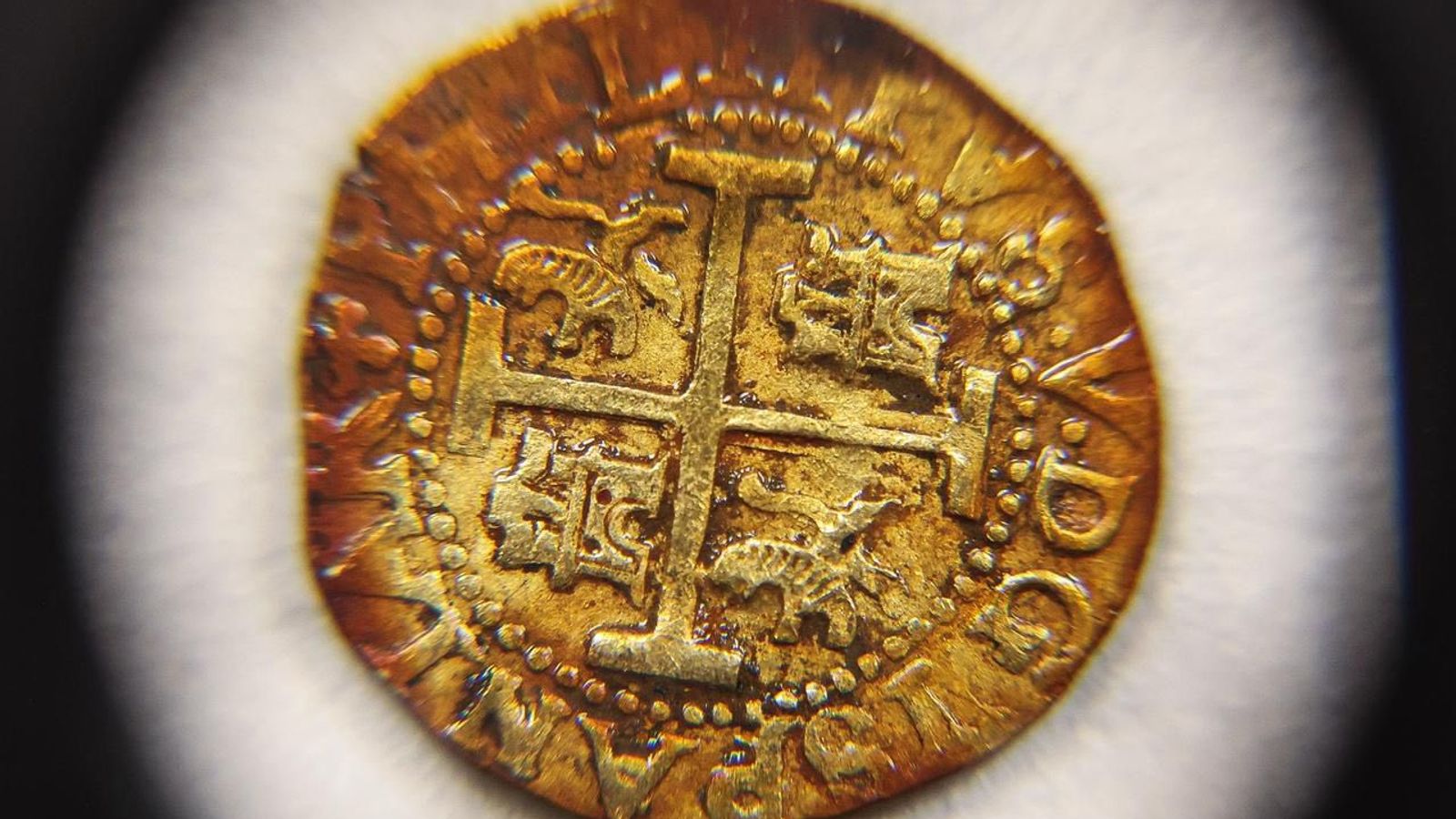The bones of the medieval monarch were discovered in Leicester in 2012 (Picture: PA)
The car park where the remains of King Richard III were found is being auctioned off.
The bones of the medieval monarch were discovered in Grey Friars car park in Leicester in 2012.
Now the site, along with the adjacent buildings, 1-7 Grey Friars, will go to auction with a guide price of £4-£4,100,000.
The specific area where Richard III’s skeleton was found will remain part of a visitor centre, but the rest of the car park will be put up for sale on February 15.
The spot of the discovery was classified as an ancient monument in 2017, meaning it is judged by Historic England to be a ‘nationally important archaeological site that has protection against unauthorised change’.
The exact site of Richard’s body shall remain part of a visitor centre (Picture: Balkis Press/ABACA/REX/Shutterstock)
The king’s remains were reburied in Leicester Cathedral (Picture: Balkis Press/ABACA/REX/Shutterstock)
Deference towards the site of the king’s grave has previously caused plans to open a strip club nearby to be rejected.
City Mayor Sir Peter Soulsby said: ‘The exact location of where King Richard III was discovered is now incorporated as part of our successful visitor centre, however, the remainder of the site has continued to be used as a working car park to this day.
‘The Grey Friars building has so much history and it’s a stunning building that will attract the attention of commercial developers who may convert the building for office, hospitality, or residential premises.
‘Whilst the building is part of our history and heritage, I’m looking forward to seeing the next stage of its evolution.’
Richard III was famously maligned in Shakespeare’s play of the same name (Picture: Balkis Press/ABACA/REX/Shutterstock)
The last Plantagenet king received only a modest funeral (Picture: National Portrait Gallery London)
Richard III was the final Plantagenet king and ruled for two years before being killed at the Battle of Bosworth Field in 1485, which ended the War of the Roses and began the rule of the Tudor dynasty.
The slain monarch had been a controversial figure, accused of murdering his nephews (the ‘princes in the tower’) and much maligned by Shakespeare.
Richard’s corpse was taken to Leicester and shown to the public in order to prove that the monarch had truly been killed in battle.
The body was then given a simple burial by the choir of the Grey Friars church.
527 years later this body was discovered in a car park in the centre of Leicester’s Old Town, before building reburied in Leicester Cathedral in a new tomb.
MORE : Nine places to learn about LGBTQ+ history in the UK
MORE : The fact, fiction and 100-year-old gossip behind epic new Hollywood history film Babylon
The bones of the medieval monarch were discovered in Leicester in 2012.





